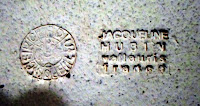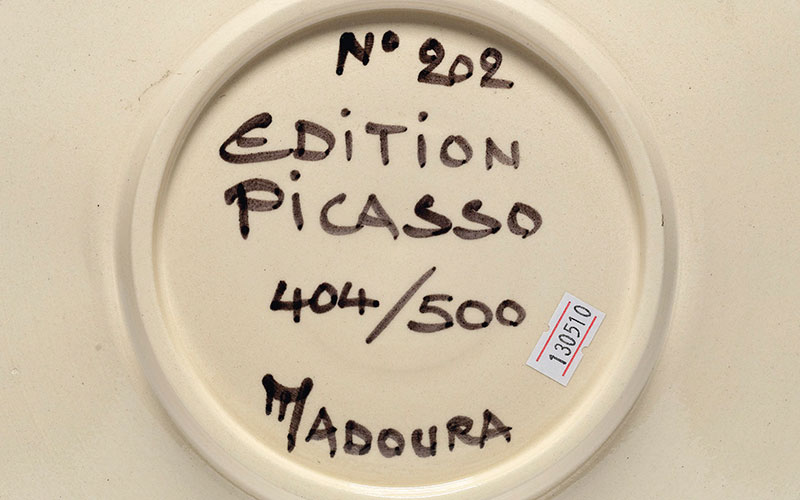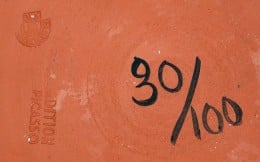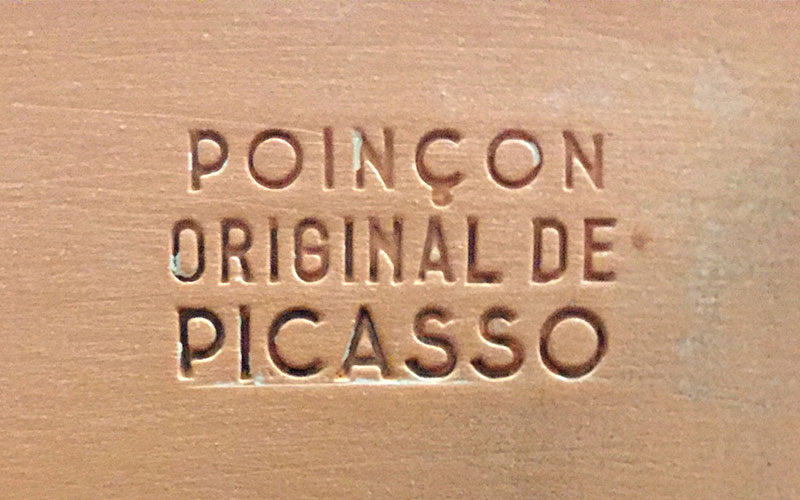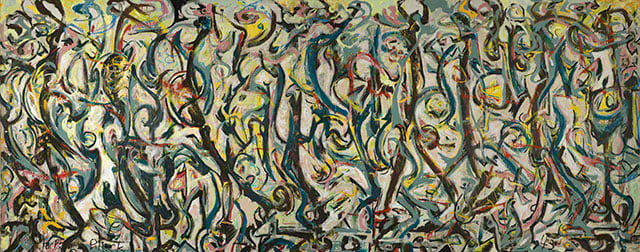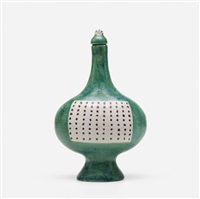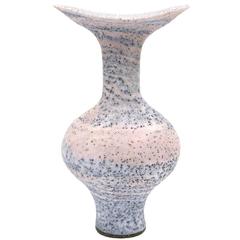Jaqueline "Jacotte" Hubin and Roger Capron, Vallauris
Vallauris is a commune in southeastern France near Cannes. During the middle of the 20th century it became a producer of some the most innovative, free-spirited and accomplished art pottery of the time. While this region has a long history of making European pottery, it hadn't gained notoriety until the emergence of artists like Clement Massier, and George and Suzanne Ramie. Pablo Picasso is the most well known of the Mid century Vallauris potters and his works are well documented but there are other great lesser known Artists from that region that deserve our respect and adoration. Artists that inspired Picasso himself and gave way to the birth of a abstractism and contemporary pottery art as we know it today.
A couple of these artists are Jaqueline "Jacotte" Hubin and Roger Capron. Roger was a French ceramist born in 1922 and Jacqueline, a Vallauris native, was born in 1935. Roger, a former student the School of Applied Arts to Art and Industry of Paris, travelled to Vallauris in the company of Robert Picault in 1446. He wasted no time in creating his first ceramics workshop named “Callis” in 1947. Artist Jean Derval joins them that same year. In 1952 he left the “Callis” workshop for a small ceramics creations factory. In 1953 he exhibited at the “Maison de la Chimie” with Jean Jouve and Line Vautrin. His creations were colorful and modern with linear concepts and abstract forms. Wonderfully geometric with occasional incised Paleolithic imagery of animals or human figures. He utilized many different techniques including “garrigues stoneware”. In 1955 he married Jacqueline Hubin AKA “Jacotte”, his collaborator-to be and artist in her own right. Although their works of art still today adorn the streets of Vallaurus and souther France, Roger and his wife struggled financially , at one point filling for bankruptcy and selling their patents. Roger died in 2008 and Jacqueline in 2016.
I found the above piece of " Jacotte's" work at an estate sale. This piece seems to me heavily inspired by Picasso, or maybe it was Picasso inspired by Jacotte.

